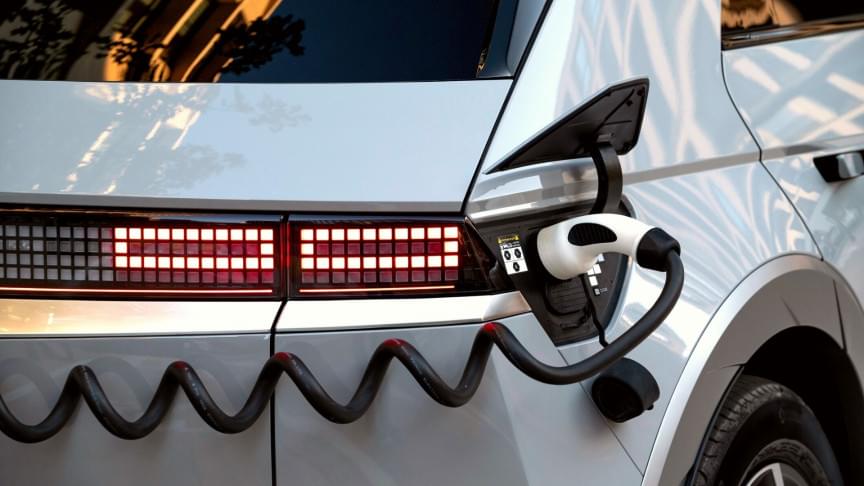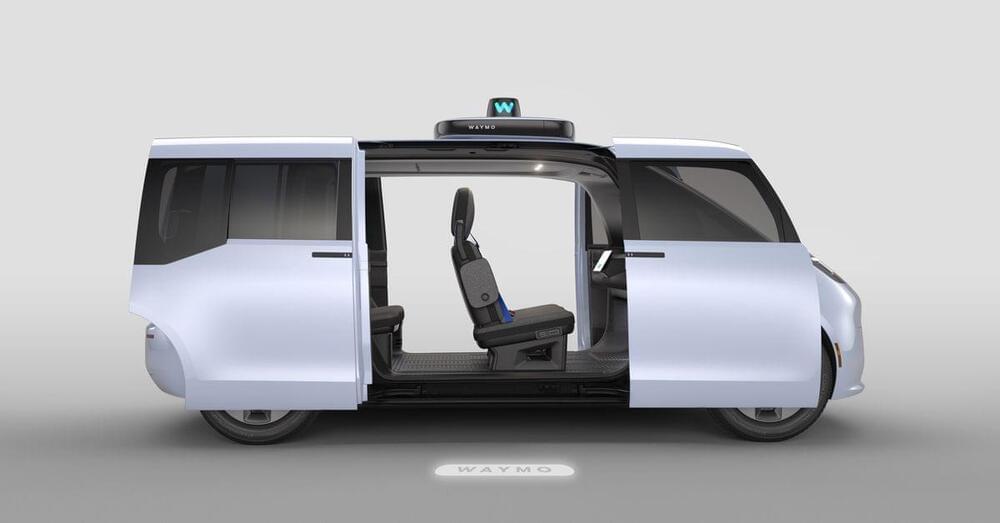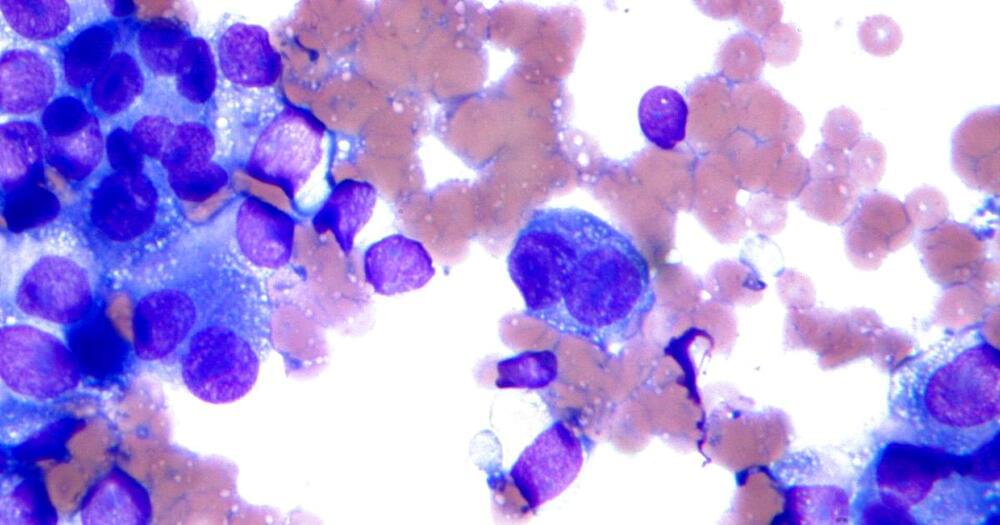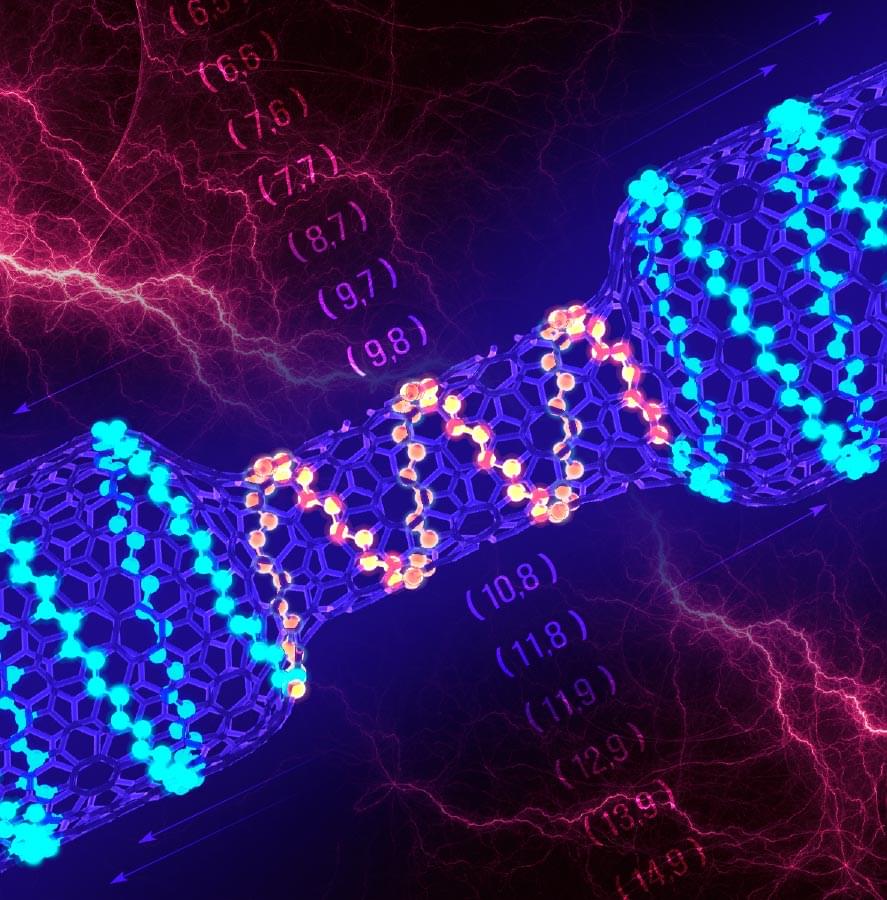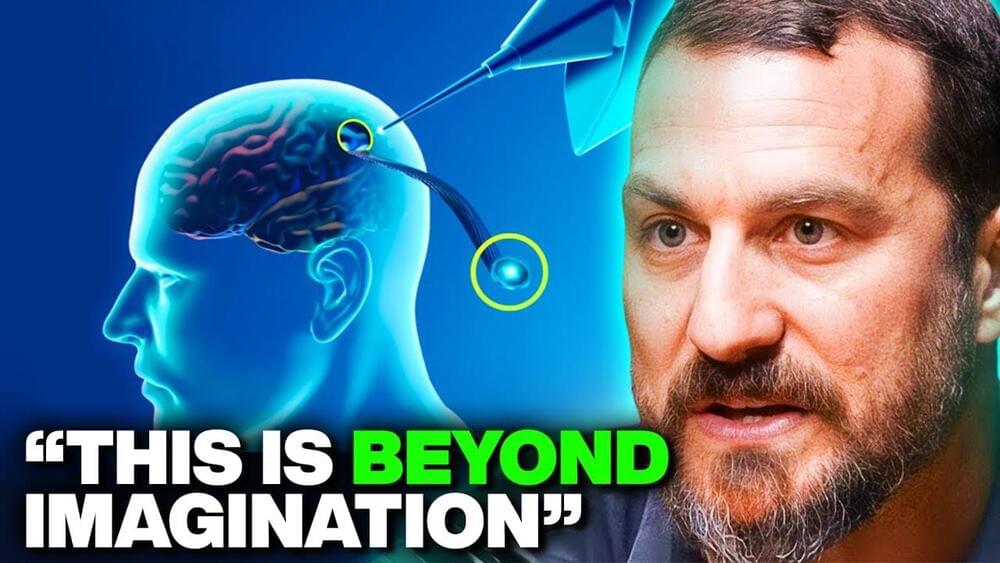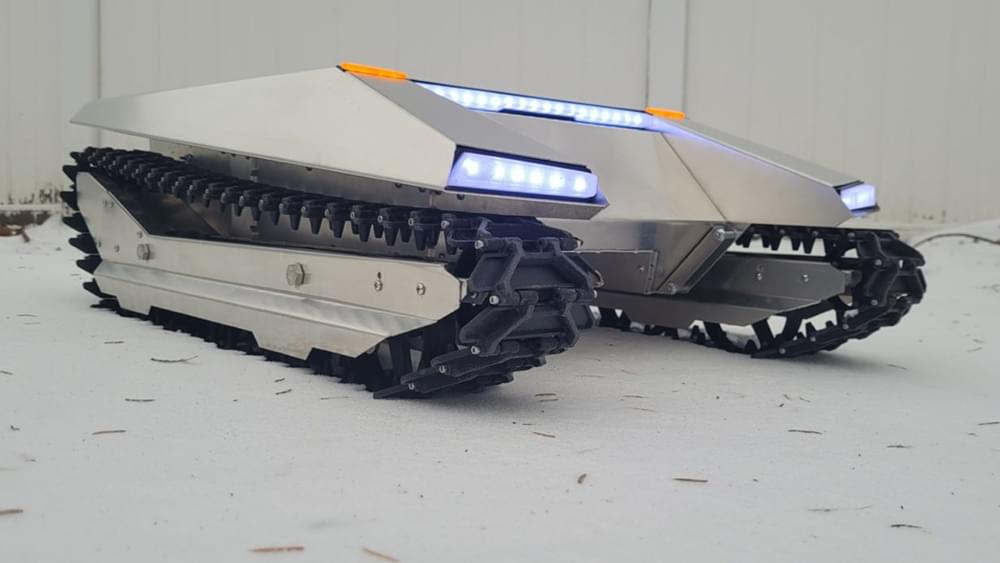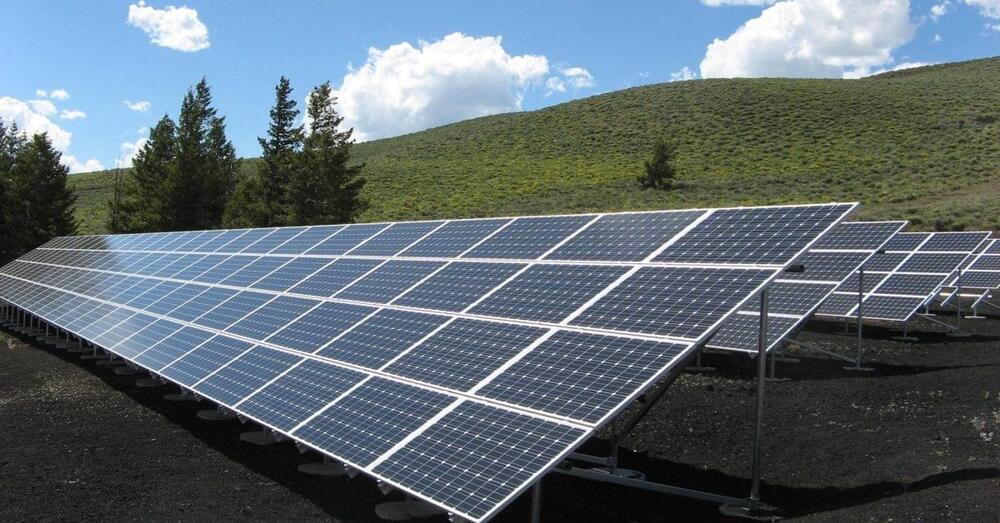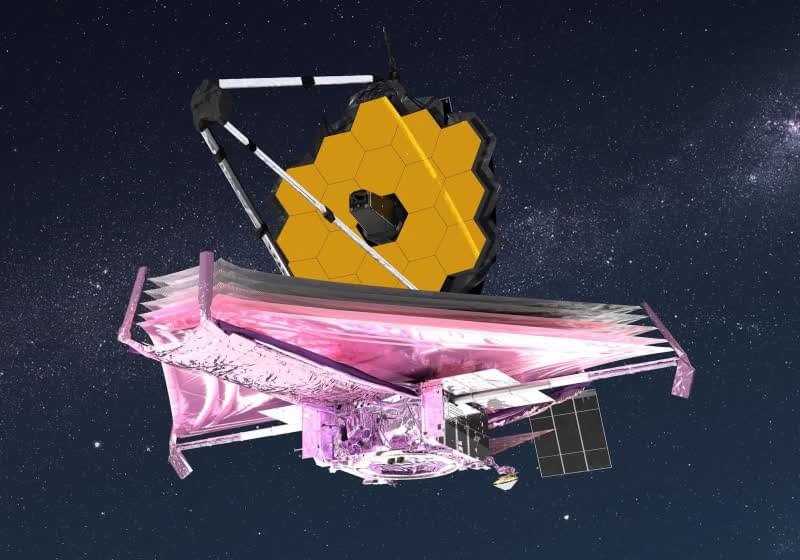
Researchers at Aalto University have shown that a nanoparticle suspension can serve as a simple model for studying the formation of patterns and structures in more complicated non-equilibrium systems, such as living cells. The new system will not only be a valuable tool for studying patterning processes but also has a wide range of potential technological applications.
The mixture consists of an oily liquid carrying nanoparticles of iron oxide, which become magnetized in a magnetic field. Under the right conditions, applying a voltage across this ferrofluid causes the nanoparticles to migrate, forming a concentration gradient in the mixture. For this to work, the ferrofluid has to also include docusate, a waxy chemical that can carry charge through the fluid.
The researchers discovered that the presence of docusate and a voltage across the ferrofluid resulted in a separation of electric charges, with the iron oxide nanoparticles becoming negatively charged. “We didn’t expect that at all,” says Carlo Rigoni, a postdoctoral researcher at Aalto. “We still don’t know why it happens. In fact, we don’t even know whether the charges already get split when the docusate is added or if it happens as soon as voltage is turned on.”
